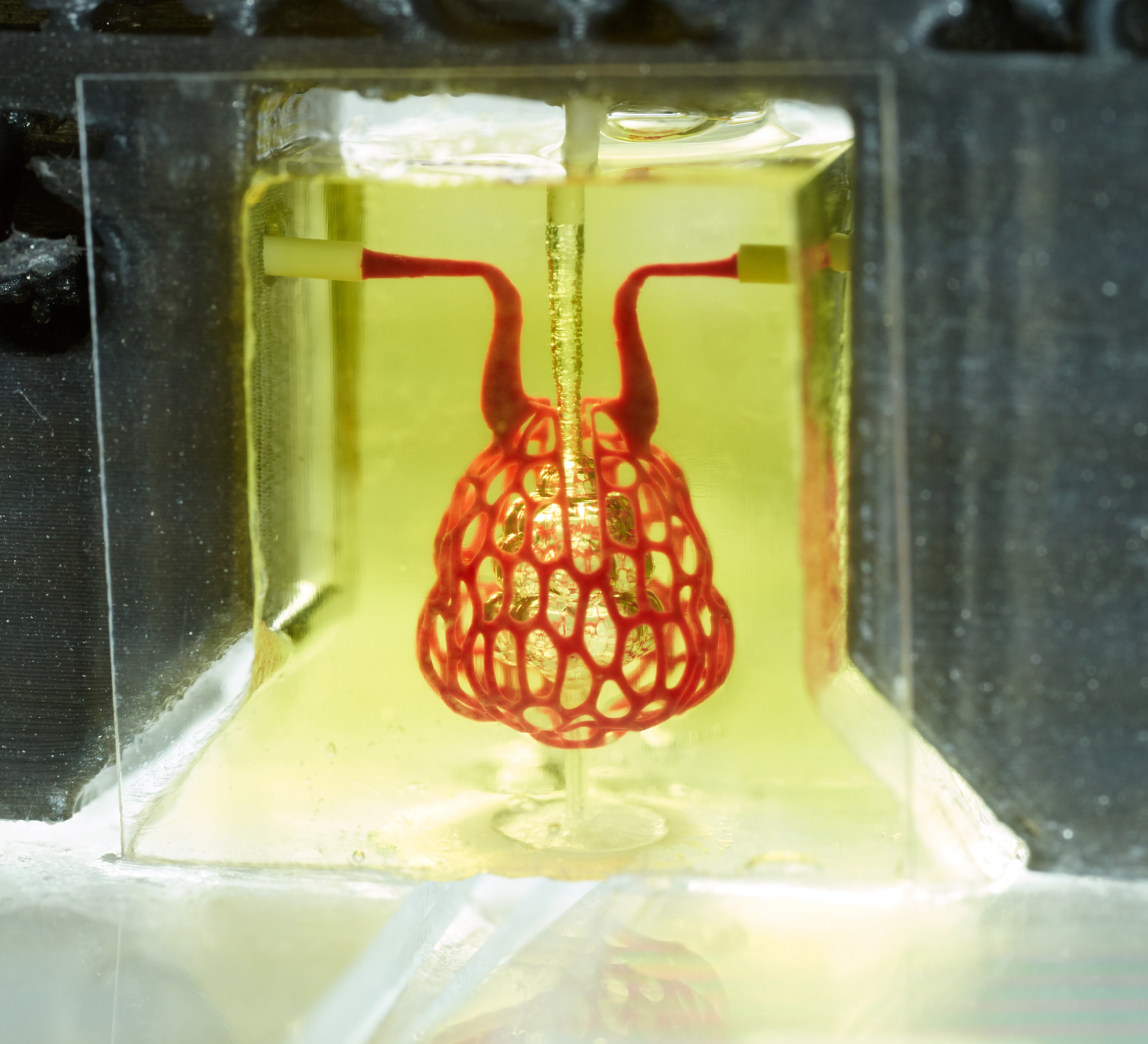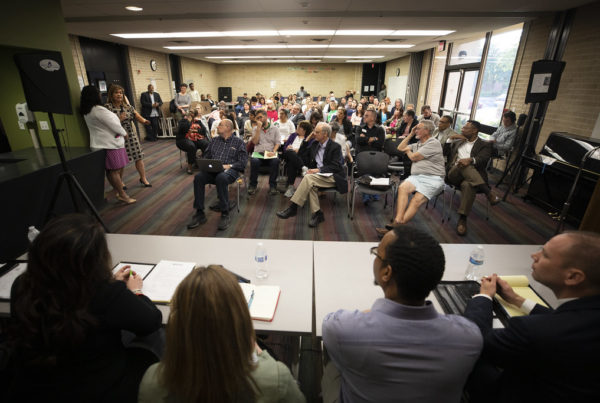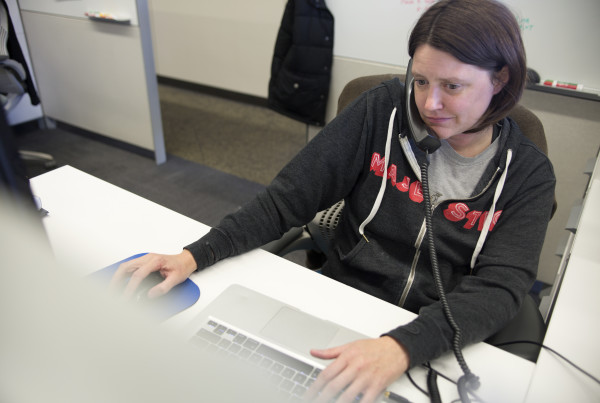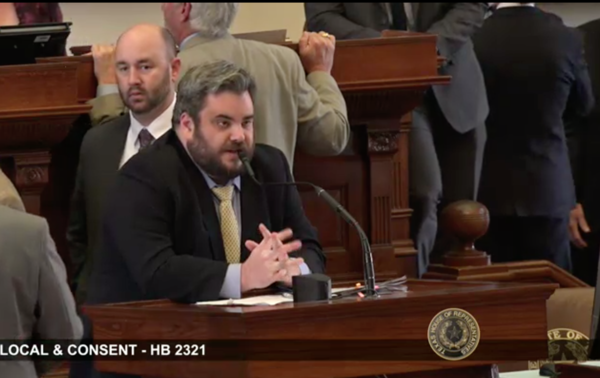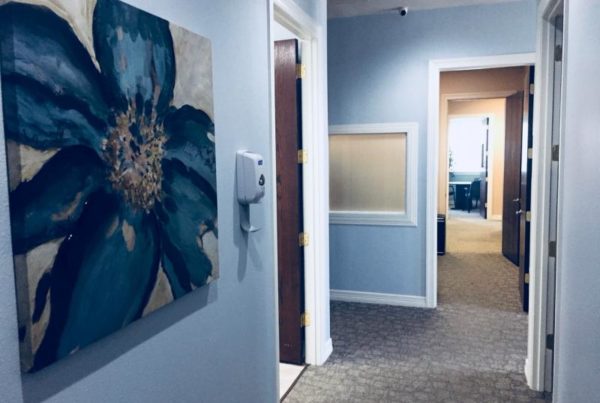3D printing has grown in popularity in recent years, and now people are creating things that would have seemed unimaginable not too long ago. Jordan Miller is assistant professor of bioengineering at Rice University in Houston, and founder of the Advanced Manufacturing Research Institute, who’s trying to build human organs with his 3D printer. He calls this process “bioprinting.”
Miller says he’s started with trying to build lung tissue.
“The lung was a really interesting organ to start with because it has this extremely complicated architecture, yet it has very clear readouts, or metrics, that we can use to determine how well we’ve made this approximation of lung tissue,” he says.
3D printing is almost 40 years old, but scientists continue to come up with new uses for the technology.
Miller says organ-building is possible because of what’s called “photopolymerization.”
“These are liquid materials … that when you shine the right color of light, in this case blue light, at the right intensity of light, we can convert that liquid that’s mostly water into a solid gel,” he says.
That gel can then “entrap” live human cells that Miller injects into it. Those cells mature within the gel structure, and grow to the point where they start to look and function like a real lung.
Miller says his next challenge is to build full-size, 3D-printed organs made from a person’s own cells. But he says in the meantime, it’s important that people continue to donate their organs to save the lives of others until 3D-printed organs become a viable alternative to live-organ transplants.
“[Donation is] still a mainstay of medicine, and it will remain so,” Miller says. “But in the longer term, we do see a future where we could be able to build living organ replacements made from a patient’s own cells,” he says.
Written by Brooke Reaves.


